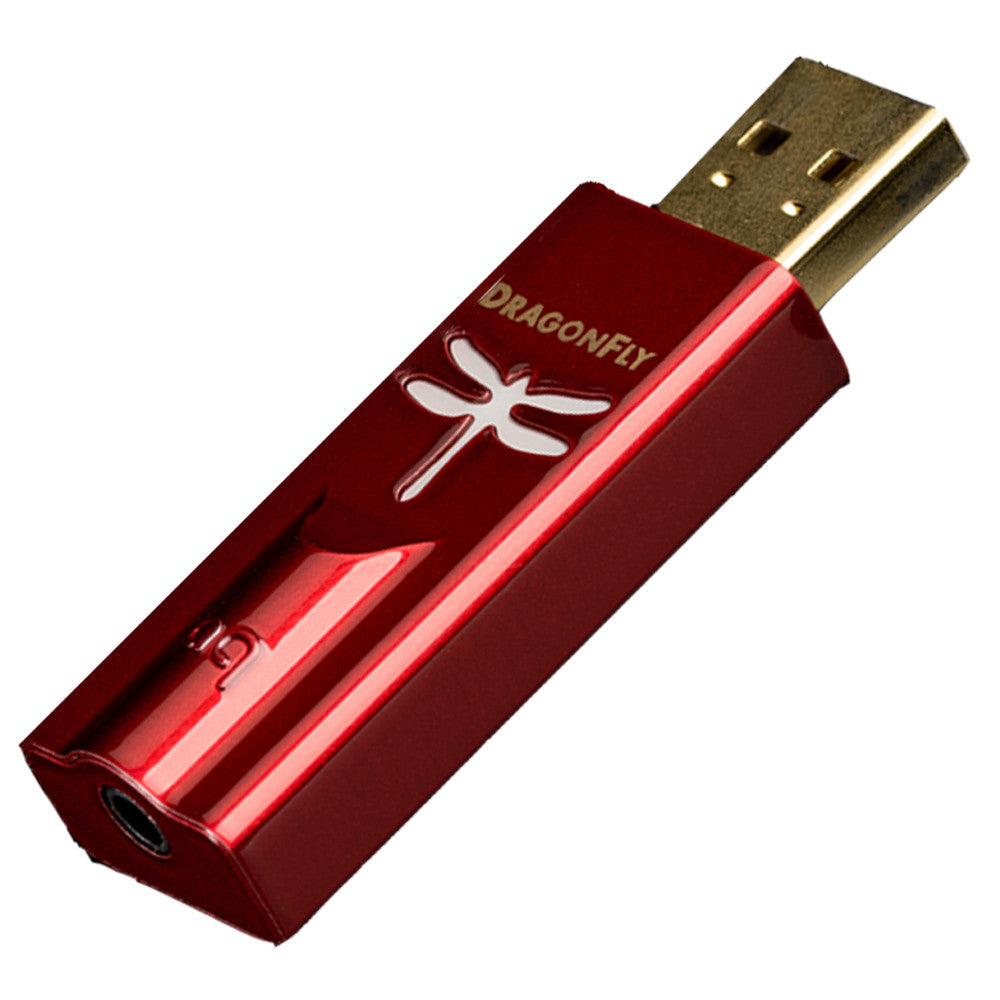
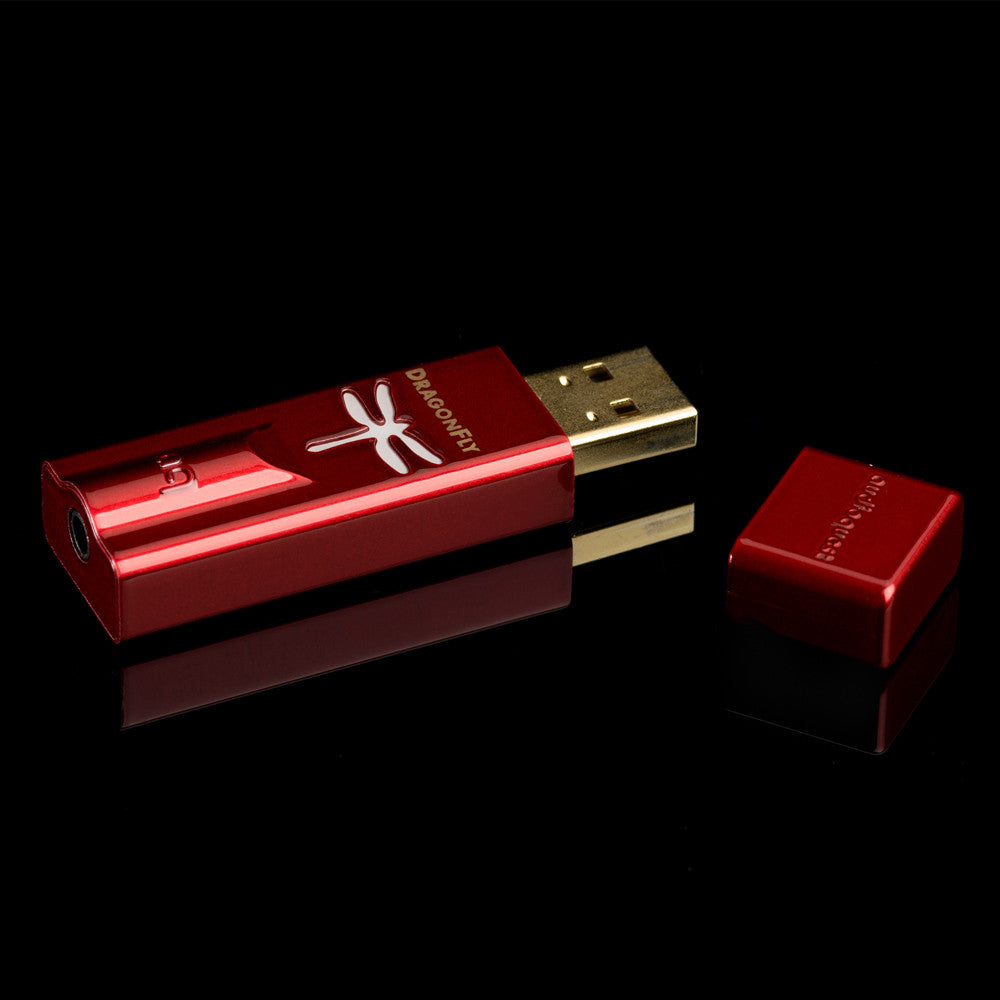
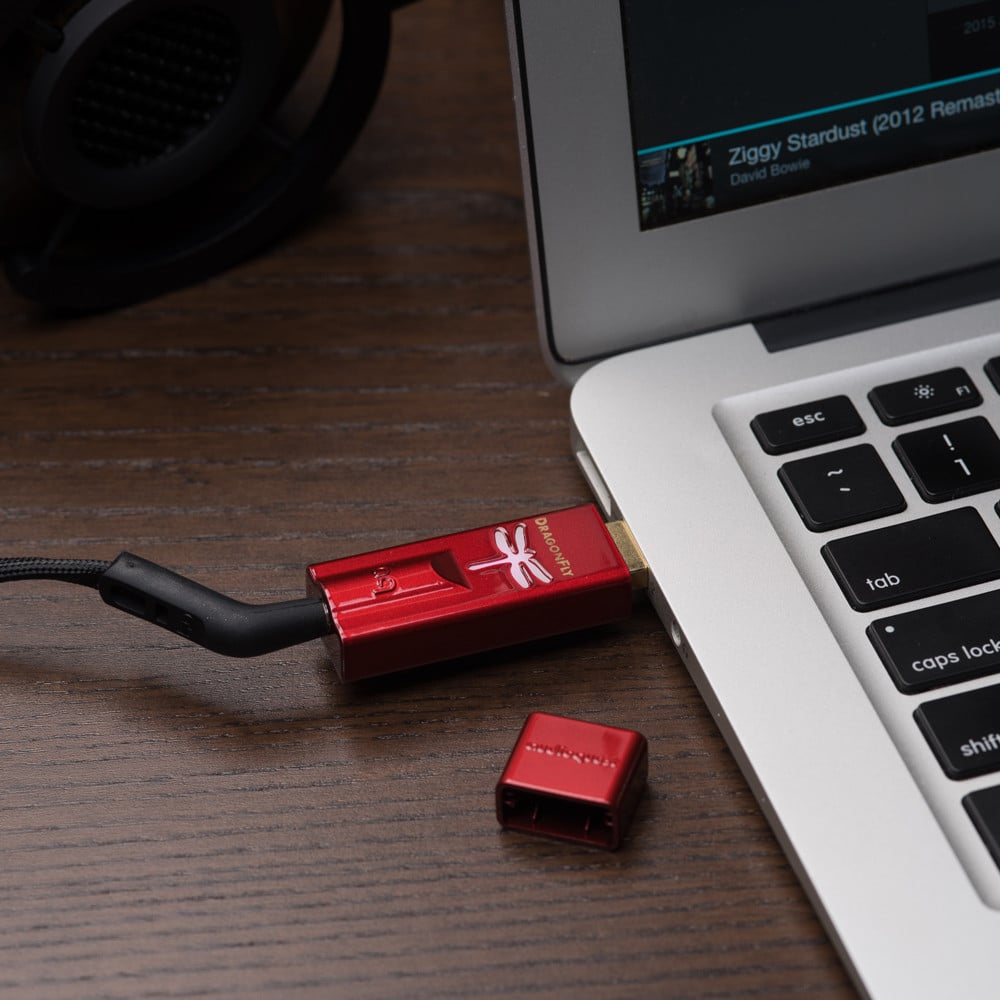
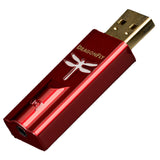
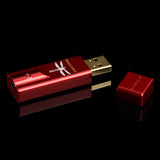
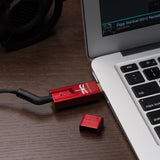
- Choosing a selection results in a full page refresh.






You may return most items within 60 days of delivery. Returns made within 30 days qualify for a full refund, while returns from 31 to 60 days are eligible for store credit or an exchange. If the return is due to our error (incorrect or defective item), we’ll cover the return shipping costs.
Refunds are typically processed within one week of receiving your return.
To start a return, log in to your account, go to Complete Orders, and click Return Item(s). We’ll notify you by email once your refund is processed.
For full details, please review our return policy!
AudioQuest is truly pleased to introduce two dramatic steps forward—two new DragonFlys with unprecedented audio quality and even higher performance-to-cost ratios—and, drum roll, they work with Apple and Android phones!
Yes, that last point is a biggie. From the day that the original DragonFly came out, AudioQuest got requests for a DragonFly-quality DAC to use with smartphones. Finally, thanks to newly available parts, power draw is now well within what any phone will authorize.
AudioQuest has been busy for years making this new generation of DragonFlys possible. They worked alongside Microchip Technology to develop a new high-performance, full-speed USB microcontroller (a DAC’s input processor) that delivers improved signal-to-noise ratio and significantly lower power consumption. Drawing 77% less current than the DragonFly v1.2’s microcontroller, the new Microchip MX microcontroller enables true compatibility with Apple and Android smartphones and tablets. For use with Apple iOS devices, Apple’s Lightning-to-USB Camera Adaptor is required; for use with Android devices, a Made for Android (OTG) adaptor, such as our DragonTail USB Adaptor For Android Devices, is required.
AudioQuest hesitates to brag about specific electronic parts in the DragonFlys because the implementation of those parts is as crucial as their quality. Please don’t make the mistake of thinking that DACs with the same microcontroller or primary processor all sound alike! Depending on the circuit design, control of noise, power supply regulation, quality of the many passive parts, etc., a supposedly “lesser” DAC chip can easily outperform a “better” DAC chip in a different DAC.
Product Details:
What to expect in the box:
Thanks for subscribing!
This email has been registered!
placeholder